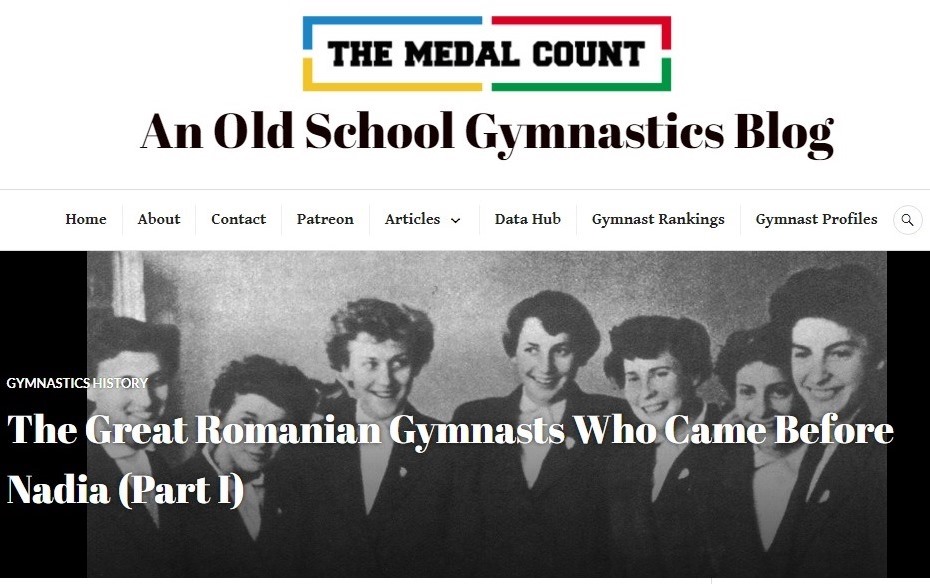The Medal Count – The Great Romanian Gymnasts Who Came Before Nadia (Part I)
This is the article published by Mike Davis on his popular blog, The Medal Count, on the 15th of Jan.2022.
The Great Romanian Gymnasts Who Came Before Nadia (Part I)
” Note: I want to thank Magda Petrescu who was a big help in my putting this article together. She provided me with numerous notes on Romanian gymnastics history, some of which comes from her own personal work, other information is credited to Emanuel Fantaneanu that Magda relayed back to me. Magda’s work can be found on Facebook, YouTube also Patreon. Fantaneanu’s most recent work is a 1,500-page book on Romanian gymnastics which unfortunately for TMC readers, is in Romanian language only. The book is intended to be available for free on Fantaneanu’s personal website https://fantaneanu.ro/. The book is available for purchase on Google.
Link to Part II of this series
The arrival of Nadia Comaneci in the mid-1970s launched the Romanian program in women’s artistic gymnastics (WAG) to the top of the gymnastics echelon. The conventional narrative is that Romanian gymnastics was founded on the back of Nadia Comaneci, or at the very least it was her who single-handedly made Romanian WAG great. This article is my attempt to correct that narrative.
Readers may be surprised to learn that Romania had great gymnasts long before Nadia. In fact, Romanian WAG won back-to-back medals in the team competition at the 1952 and 1956 Olympics. Romanian WAG also won 14 medals at the European Championships prior to Nadia’s debut while having gymnasts finish in the top-5 of the Olympic All-Around (AA) on two separate occasions. On the ten occasions, Romania sent a full team to the World Championships and Olympics during the pre-Nadia era, the country had actually finished 4th or better 50% of the time.
In this article I’m going to profile the most accomplished Romanian WAGs who competed in the 22-year period that was Romania’s pre-Nadia era (1952-1972). Collectively, these seven gymnasts were present in Romania’s lineup at every major competition the program attended from 1954-to 1978.

Elena Leusteanu (1954-1964)
Romania made its debut at the Group-1 Level at the 1952 Olympics and finished in a disappointing 9th place in the team competition while its best All-Arounder finished 25th in the AA. Romania’s poor-performing 1952 team was rapidly replaced with a new generation of gymnasts led by Elena Leusteanu.
When Romania competed at its next major competition at the 1954 World Championships, the program fared significantly better with a 4th place finish in the team competition, while Elena Leusteanu herself had finished 5th in the All-Around. The new Romanian gymnast had placed 20 spots higher than her predecessor.
At the 1956 Olympics Elena Leusteanu led Romania to its first medal in the team competition (bronze), finished 4th in the Olympic AA, and completed the modern equivalent of qualifying to Event Finals on three different apparatuses. On floor exercise Elena Leusteanu won bronze, giving Romania its first WAG medal in an individual event.
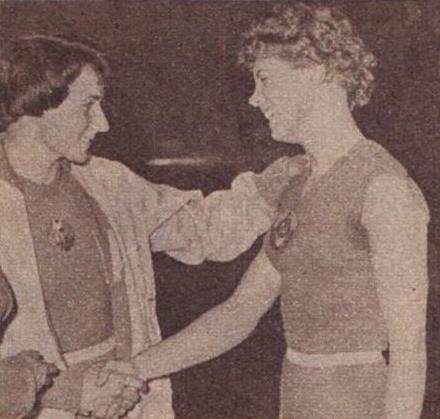
The following year in 1957 a new competition was held in WAG that would be contested for the first time ever, the European Championships. The very first host city of this “new” WAG competition would be none other than Romania’s capital city of Bucharest. Competing in front of home crowds, Leusteanu won a silver in the AA and then two more silver medals in Event Finals. Ultimately winning a silver medal in 3 of 5 events contested that year. On all three occasions, the gold medal had gone to Soviet icon Larissa Latynina.
But perhaps this particular result was a fluke because Romania had a home-field advantage? Leusteanu put that notion to bed at the following European Championships in 1959 where she won a silver medal in the AA for the second time in a row and later won yet another silver medal on the uneven bars.
Elena Leusteanu would go on to become a 3x Olympian and appeared 2x at the World Championships. She was a member of all three of Romania’s medal-winning teams (1956, 1958, and 1960) of the pre-Nadia era. Elena Leusteanu’s impact can best be measured by the way Romania rose and fell in the team standings when she wasn’t around. Leusteanu inherited a team that had finished 9th in the team standings in 1952 and immediately took it to 4th place.

The 1962 World Championships was the only competition of her career that Elena Leusteanu missed, and in her absence, the Romanian WAG program fell back into a 9th place finish. It wouldn’t be until 1974, well into the Bela Karolyi era that Romania returned to the same level it had been in the 1950s when Elena Leusteanu was in the prime of her career.
Elena Leusteanu was the first WAG legend in Romanian history. She would also be Romania’s only gymnast to win an individual medal in Group-1 Competition until Nadia Comaneci won a pile of medals at the 1976 Olympics.
Historical Context: In her early childhood Elena Leusteanu was forced to flee her hometown during World War II as a result of the advancing Soviet Army. Her hometown would eventually be annexed into the Soviet Union making Leusteanu a Romanian gymnast who was born outside the modern-day borders of Romania.
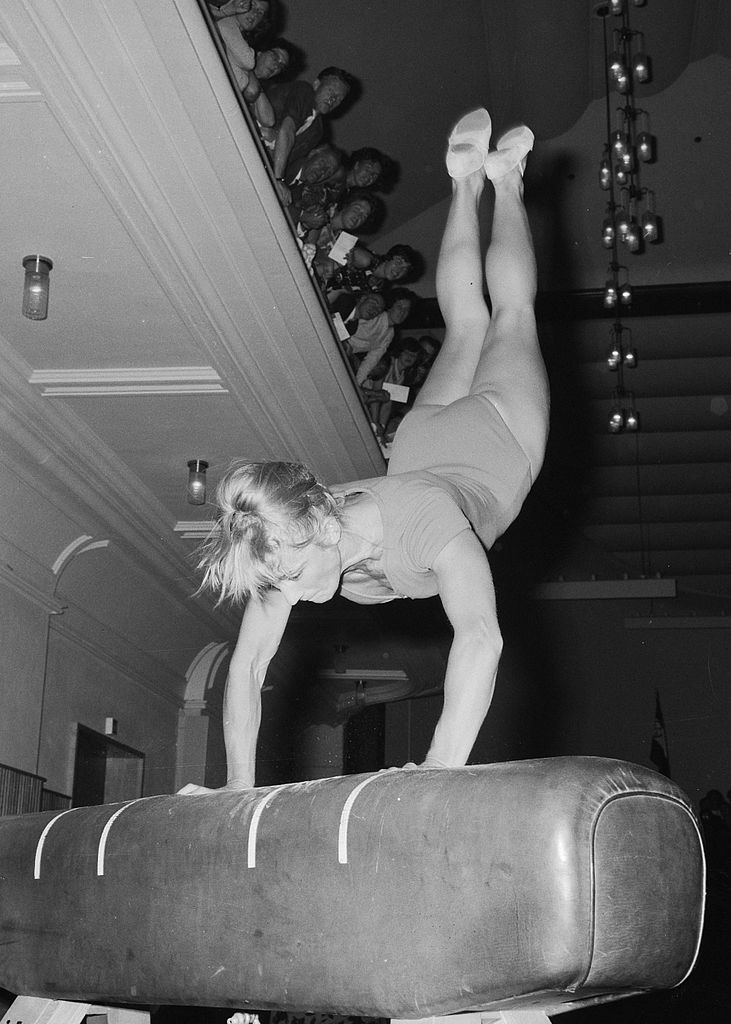
Sonia Iovan (1956-1964)
Elena Leusteanu led Romanian WAG into its first golden age, but she did not do so alone. Not only did she finish 2nd in the AA in both 1957 and 1959, but Sonia Iovan had also been right behind her in 3rd place on both occasions. On the first two occasions, the European Championships had been contested in WAG, Romania had a pair of gymnasts on the AA podium during both of those occasions.
Like Leusteanu, Sonia Iovan won five medals at the European Championships. After serving a strong supporting role in 1956 and 1958, Iovan shot up the standings in the late 1950s and gave the performance of a lifetime at the 1960 Olympics.
But this was the 1960 Olympics, the competition where the Soviets gave the most ruthless and dominant performance in not just WAG history, but all of Olympic history. In the five individual events, the Soviets took all but one of the medals. Due to the non-existence of country limits back then, the theoretical maximum number of medals Soviet WAG could have won was 16 medals.
They walked away with 15 medals and took home 94% of all possible medals.
Sonia Iovan’s 1960 result total of going 5th in the AA while finishing 6th or better in three of the four individual events is one of WAG’s greatest performances that didn’t result in any medals. Even if country limits had been in place in 1960 had they been so for Nadia at the 1976 Olympics, Sonia still wouldn’t have won a medal. But she would have finished in 4th place on four different occasions.
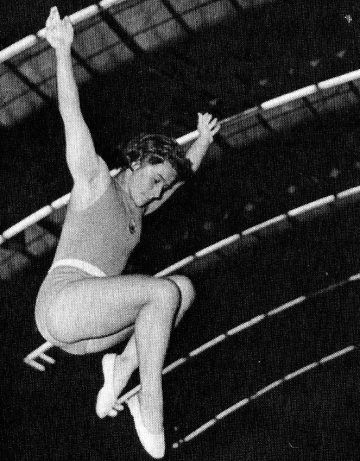
Sonia Iovan never repeated her success at the 1960 Olympics. As a gymnast, her results tended to be all over the place. In order, her career AA results were as follows: 14th, 3rd, 22nd, 3rd, 5th, 8th, 20th, and 14th.
But Sonia was the highest-ranking non-Soviet in the AA standings at the 1960 Olympics, proving just how close she was to bringing Romania its first AA medal. Sonia Iovan would be a 3x Olympian and appeared in an additional two World Championships for Romania.
Note: If you want to learn more about Sonia Iovan’s life story, I Love Romanian Gymnastics has an in-depth profile of her career which can be found here.
Elena Sacalici (1956-1958)
Part of what made Sonia Iovan such an impactful gymnast for Romania was she peaked in performance at a time when Romania needed it most, and the reason for that was Elena Sacalici.
While Romanian gymnastics was starting to regress due to their veteran gymnasts experiencing their first observable decline as they grew older, Romania was also showing signs of decline as it struggled to replace its ranks with young talent. It seemed the program was destined to fail with no young talent on the horizon while its aging veterans were no longer able to carry the program. But for the aspiring Romanian WAG program, things would get worse.
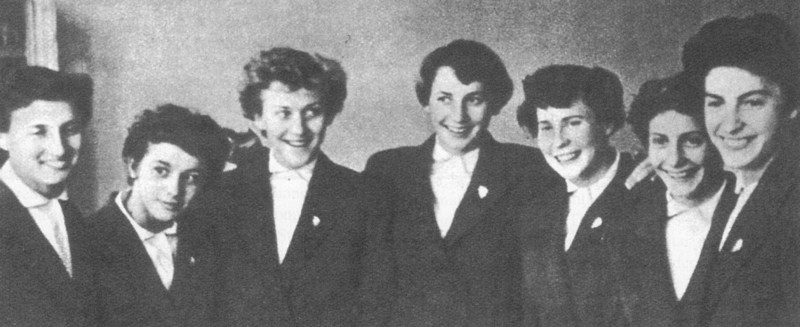
Entering the 1960s Romanian WAG was struggling internally, but externally it was plagued with the rise of two new powers that would only knock the program down the standings. The first was Japan which crashed onto the scene in the mid-1950s and only seemed to get stronger in the early 1960s now that it was the upcoming host of the early 1960s. The second “new arrival” was East Germany.
Even though there was a “Unified” German team at the 1964 Olympics, in women’s gymnastics it had actually been an all-East German team. The East Germans appeared earlier than that in the non-Olympic competition having made their debut at the European Championships in 1961. With the enhanced competition, it seemed Romania’s window of opportunity was closing.
On top of all of that, Romania was still reeling from the effects of tragedy after the sudden death of its top gymnast, Elena Sacalici. She had been a 1956 Olympian and would be Romania’s highest-scoring All-Arounder at the 1958 World Championships with a 9th place finish. Although I must stress, it would have been a 6th place finish under 3-per country limits.

Little is known about the circumstances of Elena Sacalici’s death. Only that it occurred in Bulgaria in 1959. At 24 years old Sacalici competed in an era where someone that age likely had two more Olympic appearances left in her career. With the tragic passing of Elena Sacalici in mind, it gives insight into just how special that 1960 Olympic bronze medal was for Romania. In 1960 Romania had overcome tragedy and won a medal in Elena’s honor right as the rising opposition from outside programs would make winning such medals in the near future virtually impossible.
At the 1962 World Championships Romania was in trouble from the very beginning. The program didn’t have Elena Sacalici. It was also in 1962 that Elena Leusteanu was absent from the Romanian lineup for the only time in her career. This left Sonia Iovan as its last remaining leader from the previous Olympic quad to carry the team load. But as previously mentioned, Sonia Iovan was known for her inconsistent results and by 1962 her performance was starting to decline.
At the 1962 World Championships Romania’s highest-scoring WAGs finished 20th and 44th in the All-Around. While Romania was struggling at the top, there were additional problems to be had. Very early in the competition one of its gymnasts had suffered an injury. Forcing the program to compete with only five gymnasts in a six-per team format for the remainder of the competition. Romania would finish in 9th place, if Romania was to have a future it urgently needed a new generation of gymnasts to emerge. Luckily for the program, Romania would soon find exactly that.”
Link to Part II of this series


